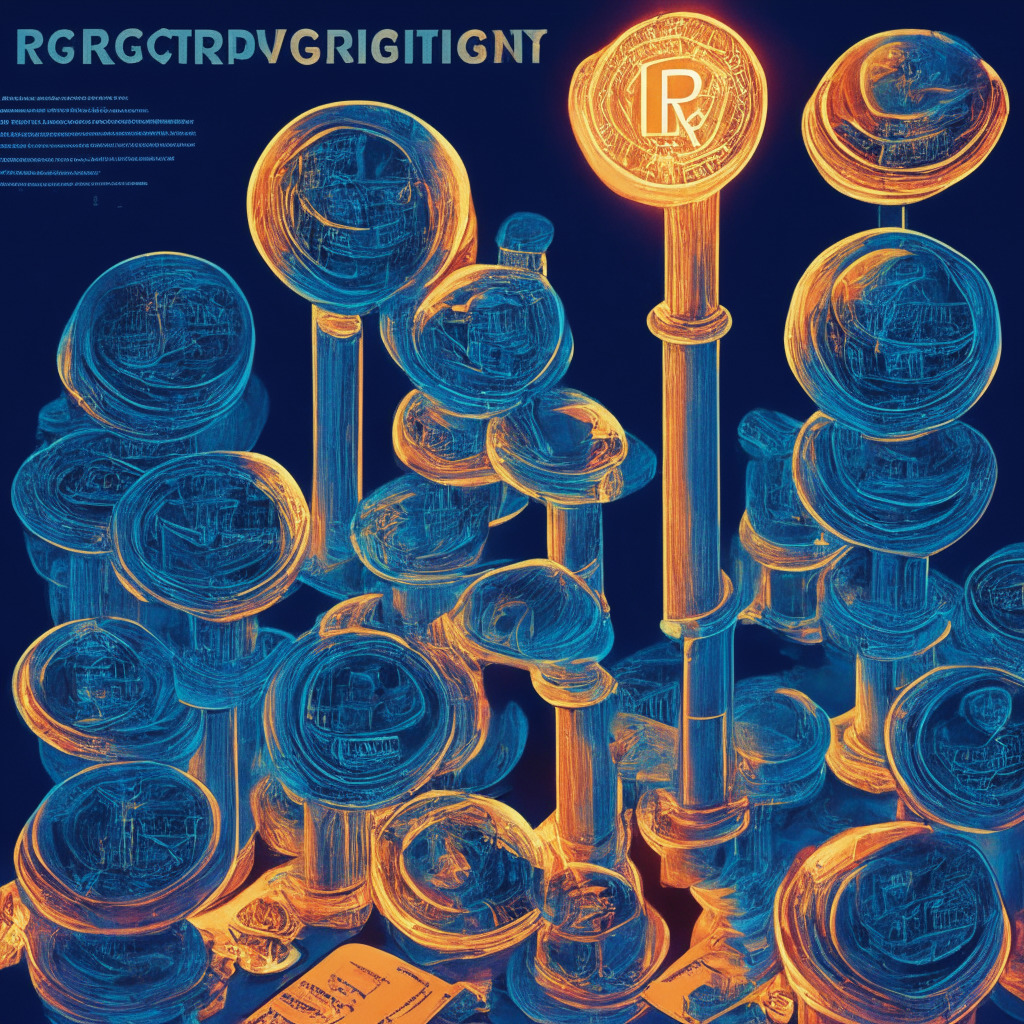The future of financial infrastructure in Russia took a significant step towards digitization, with the Russian parliament’s recent vote in favor of the “digital rouble” bill. The legislation, now awaiting confirmation from the higher legislative chamber and presidential approval, would establish clear legal guidelines and definitions for the Central Bank of Russia’s (CBR) proposed central bank digital currency (CBDC) system.
A nod to the changing tides in finance, the digital rouble, under the CBR’s operation, aims to improve payment and transfer methods. The CBR has the vested responsibility of managing the digital infrastructure and safeguarding stored assets. Crucially, the digital rouble’s primary purpose omits the expected feature of savings accounts from its offerings.
The swift progression towards a digitally centralized economy, however, has sparked differing opinions in economic circles. The banking industry and leading Russian organizations, such as the Gazprombank subsidiary, have voiced concerns over the rapid transition to digital money, estimating potential bank losses at an expensive $3.5 billion over the course of five years.
Conversely, retail businesses stand to gain, with predicted profits reaching as high as $1.1 billion annually. The contrast in financial forecasts establishes a chasm between traditional banking institutes and modern retailers, evolving in sync with technological advancements.
Deputy Chairman of CBR, Olga Skorobogatova, confidently announced plans for a country-wide rollout of the digital rouble slated for 2025-27 following a pilot test phase in 2023-24. However, contrasting views on the monetary impacts of the CBDC lurk beneath the surface of this progressive plan.
Overall, Russia’s stride into a digital future marks a seminal point in its financial growth. Yet, the implications of this drastic shift for traditional banking systems and the burgeoning retail sector illuminate a divide shaped by the wave of digitization sweeping the financial industry. As the timeline towards implementing the CBDC commences, the country awaits the resonance of such a move on its economic landscape.
Source: Cointelegraph




